A partner you can trust
The Ultimate Guide to Choosing the Right Power Extension Cable for Every Need
In today's increasingly interconnected world, the demand for reliable and versatile electrical connections has never been greater. According to a recent report by the National Electrical Manufacturers Association (NEMA), the sales of power extension cables have surged by over 25% in the past three years, reflecting their critical role in both residential and commercial settings.

Choosing the right power extension cable is essential for ensuring safety, efficiency, and convenience in various applications, whether for home use, outdoor projects, or professional environments. With numerous options available in terms of length, gauge, and features, it is crucial to understand the specific needs of your electrical setup.
This guide aims to provide you with essential tips and insights to select the ideal power extension cable tailored to every situation, ensuring that you can harness the full potential of your electrical devices while maintaining safety and performance.
Choosing the Best Power Extension Cable: Key Factors to Consider
When selecting the best power extension cable, several key factors should be taken into account. Firstly, the cable’s ampacity, which indicates the maximum current the cable can safely carry, is crucial. According to the National Electrical Manufacturers Association (NEMA), the average household circuit typically requires 15 to 20 amps, so choosing a cable that can handle this load is essential to prevent overheating and potential fires.
Another important aspect is the length of the cable. The longer the extension cord, the more resistance it presents, which can lead to voltage drops. A study by the Electrical Safety Foundation International (ESFI) suggests keeping extension cords as short as necessary to minimize this issue. Additionally, materials matter; wires made from copper are generally preferred due to their superior conductivity compared to aluminum alternatives.
Tips for selection include always choosing a cable rated for outdoor use if it will be exposed to the elements, and checking for certifications such as UL or ETL to ensure safety and compliance with industry standards. Lastly, consider the number of outlets needed and whether surge protection is a must for your devices, as this added feature can safeguard your electronics against unexpected power surges.
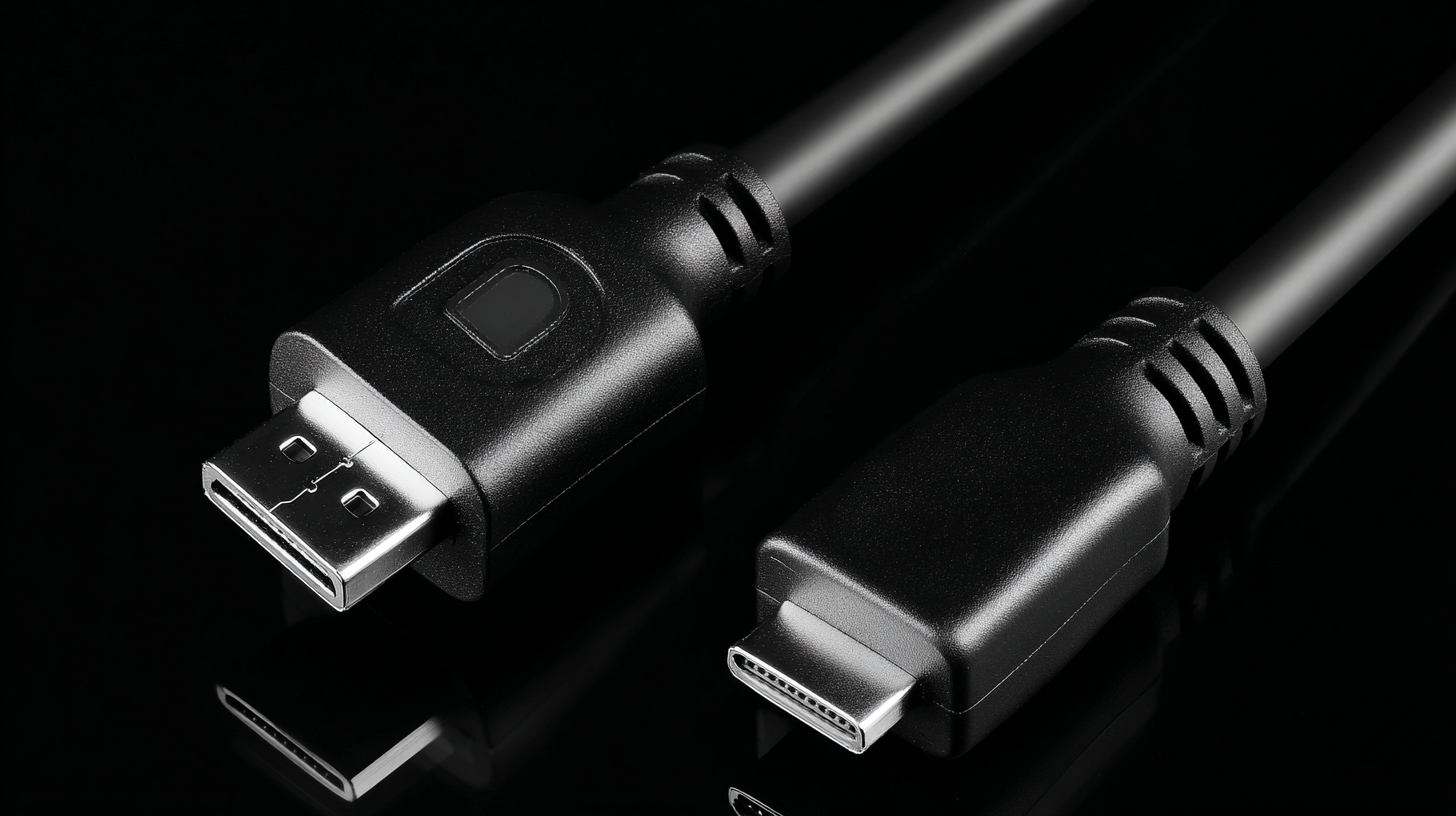
Top 5 Types of Power Extension Cables for Home and Office Use
When selecting a power extension cable for home or office use, understanding the different types available is crucial. The top five types include standard extension cables, heavy-duty cables, multi-outlet extension cords, surge protector cords, and retractable cables. According to a report by the National Fire Protection Association, improperly used extension cords contribute to nearly 3,300 home fires each year. This emphasizes the importance of choosing the right type based on your specific needs to enhance safety.
Standard extension cables are ideal for light-duty tasks, typically rated for up to 15 amps. On the other hand, heavy-duty cables are designed for higher power demands, supporting equipment like power tools or appliances that may require up to 20 amps. Multi-outlet extension cords are perfect for office settings, allowing several devices to connect to a single outlet; however, it’s vital to ensure the total load does not exceed the cord's rating. Furthermore, surge protector cords safeguard sensitive electronics from voltage spikes, with the Consumer Product Safety Commission reporting that surge protectors can reduce the risk of damage during power surges. Finally, retractable cables offer convenience in both home and office environments, minimizing clutter while effectively managing power needs.
Understanding Voltage and Amperage Ratings for Your Power Needs
When selecting the right power extension cable, understanding voltage and amperage ratings is crucial. These ratings determine how much power can safely flow through the cable without overheating or causing failures. For instance, a standard household extension cord typically has a voltage rating of 120V in North America. Amperage ratings can vary widely, but common ratings include 10A, 13A, and 15A. Utilizing a cable that matches the needs of your devices—especially those with higher power demands, like fast-charging devices—ensures safe and efficient operation.
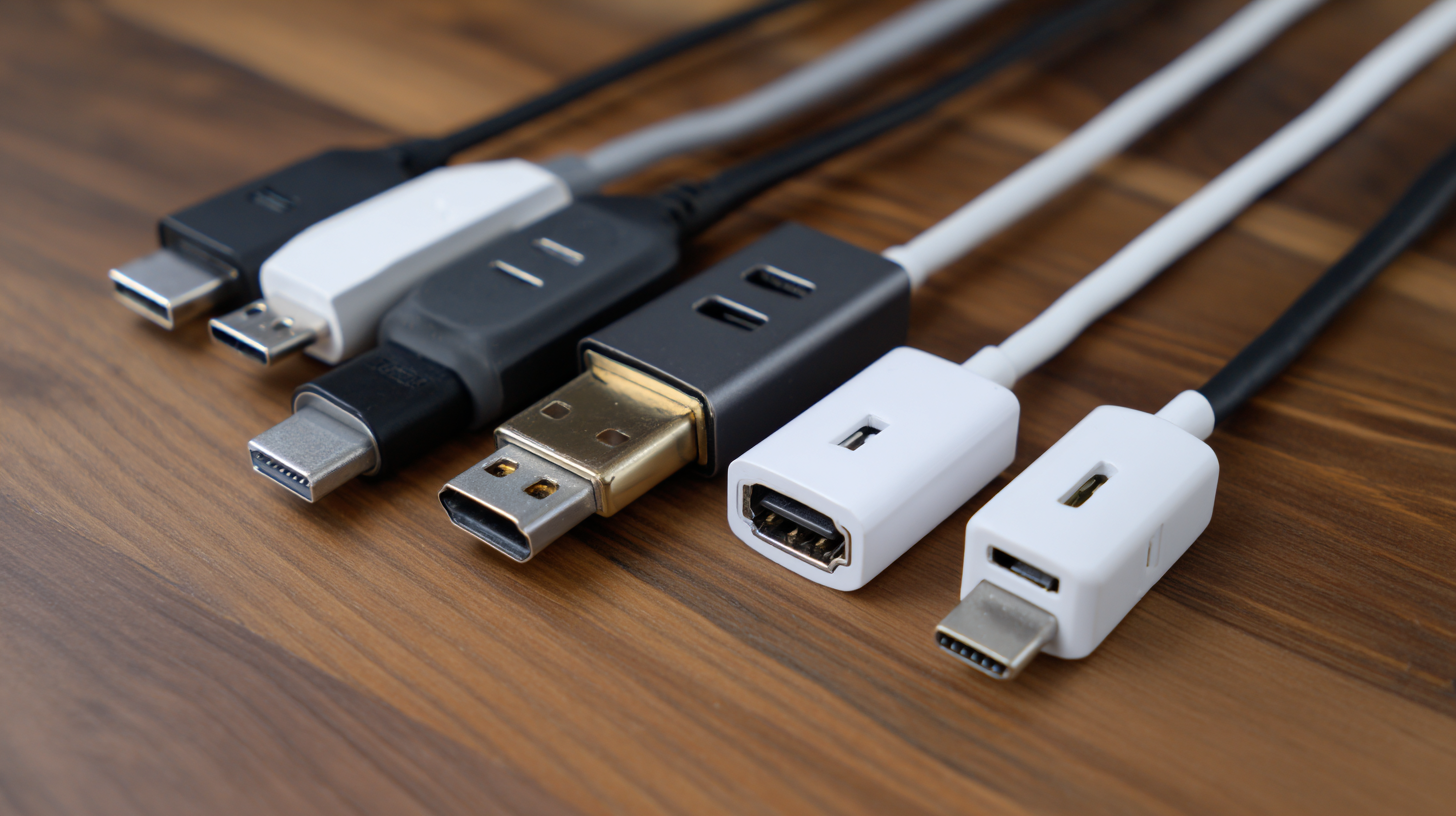
Recent advancements in technology, such as those seen with fast-charging capabilities, illustrate the importance of choosing a cable with appropriate ratings. For example, to achieve the fast charging benefits offered by newer devices, one may require cables with higher amp ratings. Studies have shown that using cables that exceed the necessary amperage can prevent overheating and extend the life of both the cable and the device. Additionally, as natural disasters increase the need for backup power solutions, understanding the ratings of portable generators and their compatibility with extension cables can secure power supply during emergencies, emphasizing the importance of proper selection based on voltage and amperage ratings.
Best Practices for Safe Usage and Maintenance of Extension Cables
When using power extension cables, safety should be your top priority. One of the best practices for safe usage is to choose the right cable for your specific needs. Ensure that the extension cable can handle the wattage of the devices you plan to connect. Overloading a cable can lead to overheating and potential fire hazards. Always check the amp rating and match it with your plug devices. If two devices draw power simultaneously, it's vital to ensure that their combined wattage does not exceed the cable's capacity.
Proper maintenance is equally crucial in prolonging the life of your extension cables. Regularly inspect the cables for any visible damage, such as frays or cuts. If you notice any wear and tear, it’s best to replace the cable rather than risk safety. Additionally, avoid using extension cables in wet or outdoor environments unless they are specifically designed for such use. Keeping cables coiled and stored properly when not in use prevents kinks and breaks, maintaining their integrity for future use. By adhering to these practices, you can confidently utilize extension cables while minimizing risks.
The Ultimate Guide to Choosing the Right Power Extension Cable
Comparing Durability and Flexibility: Which Extension Cable is Right for You?
When selecting a power extension cable, understanding the balance between durability and flexibility is paramount. According to a study by the International Electrotechnical Commission (IEC), robust cables provide a lifespan enhancement of up to 30% over standard options, particularly in environments with extreme temperatures and heavy usage. This durability often comes from materials such as PVC or rubber insulation, which can withstand wear and tear while protecting against moisture and abrasions.
On the other hand, flexibility is crucial for ease of use in various situations. A report by the Electrical Safety Foundation International (ESFI) highlights that many users prioritize lightweight and bendable cables, particularly for portable applications. Cables constructed with softer materials and advanced engineering designs allow for better maneuverability without compromising safety standards. A balance of both characteristics ensures that users can efficiently navigate different settings without worrying about cable damage or electrical hazards, making the right choice essential for both home and professional environments.
Related Posts
-

7 Essential Tips for Choosing the Right Power Extension Cable for Your Needs
-

Exploring Innovative Power Extension Cable Options for Every Need
-

Ultimate Guide to Choosing the Right Power Extension Cable for Your Needs
-
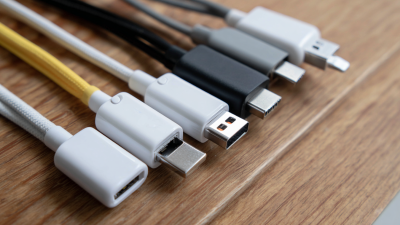
How to Choose the Best Multi Cable Charger for Your Devices: Key Features and Expert Insights
-

Understanding the Impact of Electric Cable Quality on Energy Efficiency and Safety in Modern Infrastructure
-
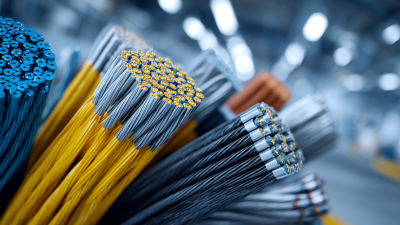
Exploring the Future of Wire and Cable Technology Innovations in Connectivity
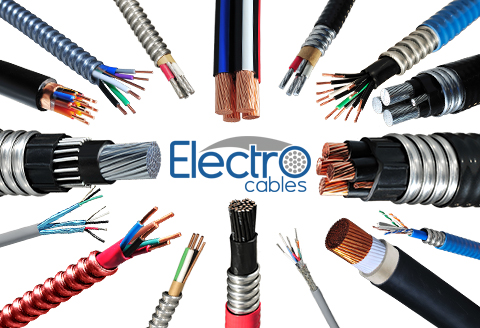
Products
Products
LEARN MORE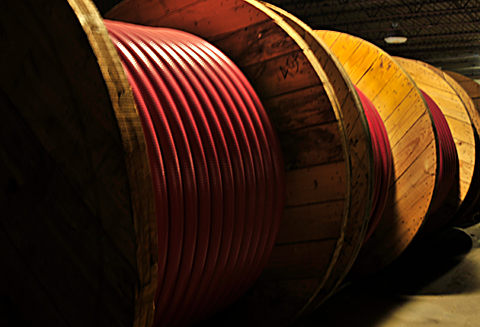
Current Inventory
Current Inventory
LEARN MORE
Custom Solutions
Custom Solutions
WE CAN HELPLighting Power & Control-Signal Cable
This content is restricted to site members. If you are an existing user, please log in. New users may register … LEARN MORE “Lighting Power & Control-Signal Cable”
LOOKING
FOR HELP?
We are here to help. You can contact us or create an account online to have access to special products, technical specifications and our new online quote tool.
ELECTRO CABLES
9 Riverside Drive
P.O. Box 276
Trenton, Ontario
CANADA K8V 5R5
N.A. Toll Free: 888-ELECTRO
(1-888-353-2876)
World: 613-394-4896
Fax: 613-394-4101
Email: sale@machinecables.com
We manufacture cables that are certified by the Canadian Standards Association (CSA), listed by Underwriters Laboratories and/or listed by Intertek (ETL).
Our quality management system is registered to ISO 9001: 2015. Our team is dedicated to consistently providing quality service and products to our customers.
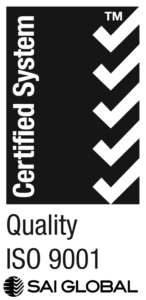
© 2025 ELECTRO CABLES • SITE BY SNAP 360•
